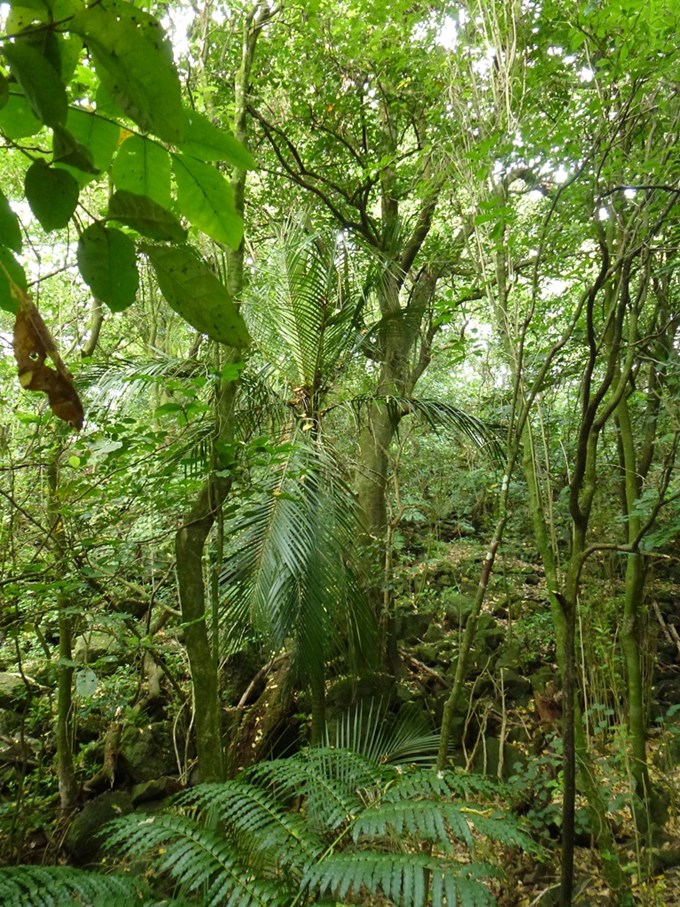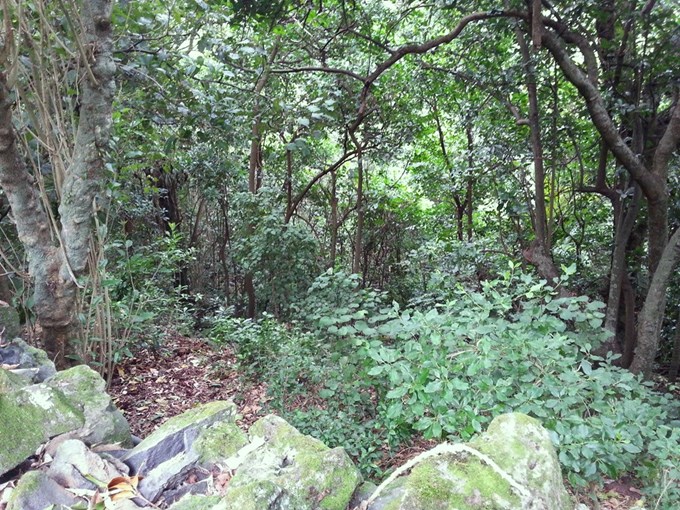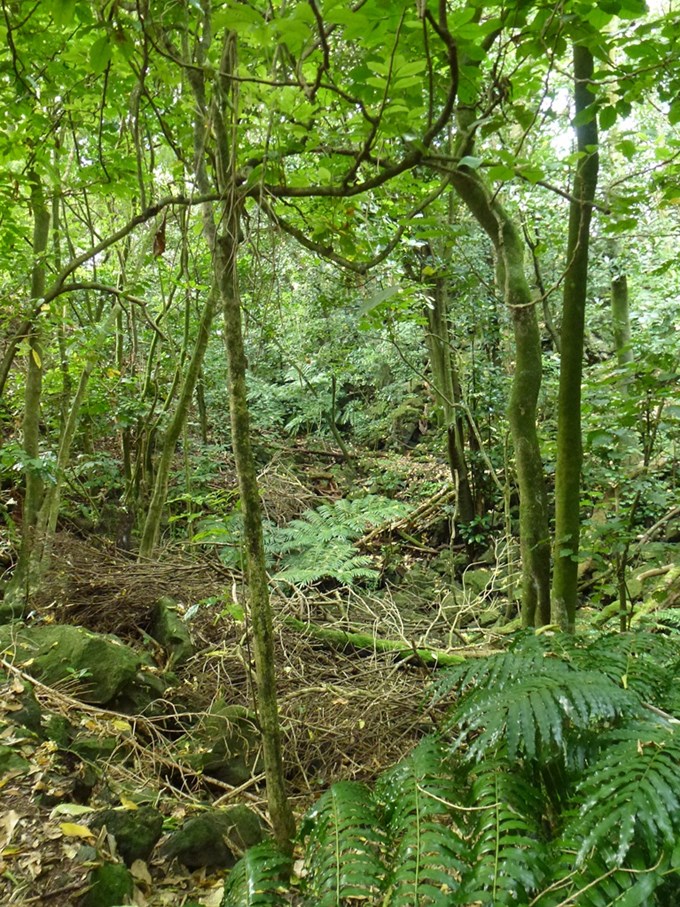You wouldn’t know it, but a council property on Epsom’s Almorah Rd harbours one of the rarest ecosystems in Auckland.
Lava rock forest is the native forest vegetation cover that forms on lava after an eruption, and Almorah rock forest is one of the last remaining examples of this on the Auckland isthmus.
It was once part of the original forest covering of the Maungawhau (Mt Eden) lava fields, which were formed about 28,000 years ago.
What we’re doing
Urbanisation, roading and quarrying have removed much of Auckland’s lava rock forest, with only a few hectares remaining. The Albert-Eden Local Board and Auckland Council’s Biodiversity team are working hard to protect this precious remnant of ancient New Zealand.
“Our work at the Almorah rock forest focusses on managing the range of invasive pest plants that block the regeneration of native plants, as well as controlling rodents and possums that are eating the important native plants at the site,” says Senior Biodiversity Advisor Miranda Bennett.
“Good progress is being made, most recently with the removal of 40 large privets trees along the edge of the Gillies Ave onramp.
“This was a significant step in the project as the mature privet trees were seen as a seed source for new privets to invade the rock forest.”
Regeneration of native forest
With the control of pest plants and animal pest numbers being maintained at low levels, native plants such as karaka, kohekohe and nīkau are beginning to regenerate. These provide important habitat for city wildlife such as kererū, tūī, fantail and silvereye.
Recently, a nationally threatened native fern was found at the site during the team’s plant survey work.
“Pellaea falcate, or sickle fern, is one of the threatened species that we are actively managing to ensure it doesn’t go extinct in the Auckland region,” says Miranda.
“To find it growing where it previously hadn’t is a clear sign of the project’s success.”
A community effort
The project team works closely with the surrounding land owners and local community, providing pest control advice as well as information on caring for the Almorah rock forest.
The Local Board wants the community to help to protect this precious ecosystem. It encourages anyone living in the Epsom area to learn more about lava rock forest and the other biodiversity treasures that exist in our own backyard.
For more information on the Almorah rock forest project, check out this recent article on the NZ Geographic website, or contact Miranda and the team at biodiversity@aucklandcouncil.govt.nz.





